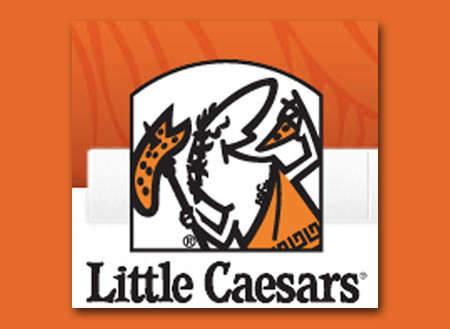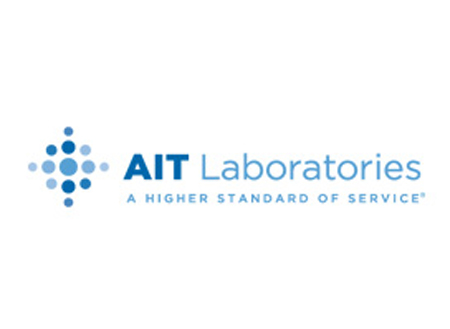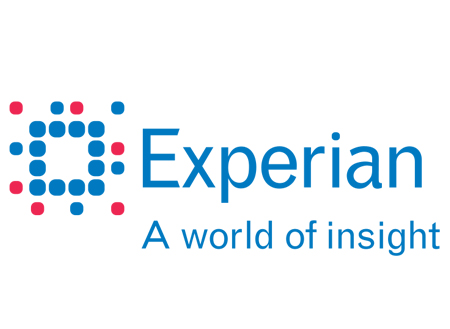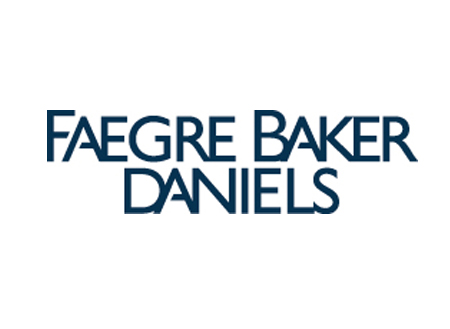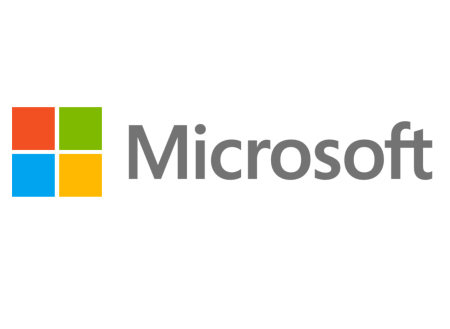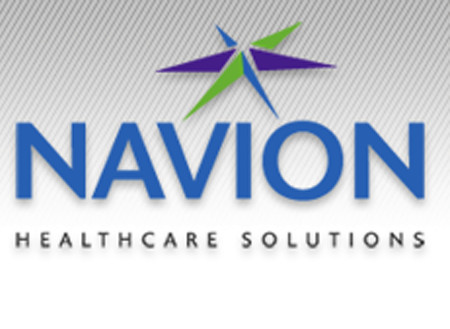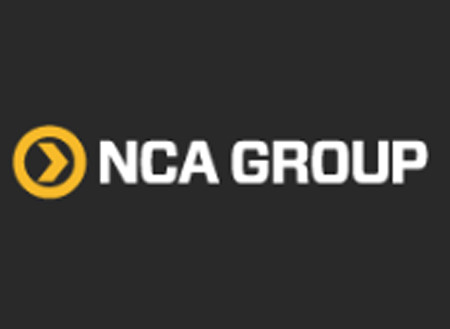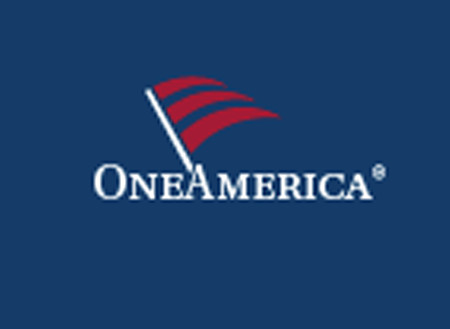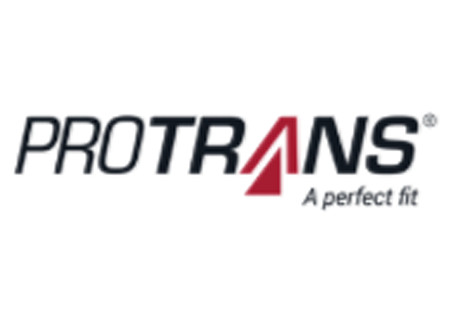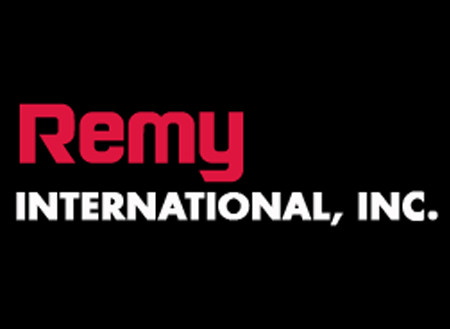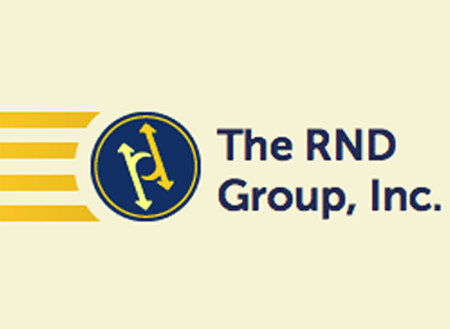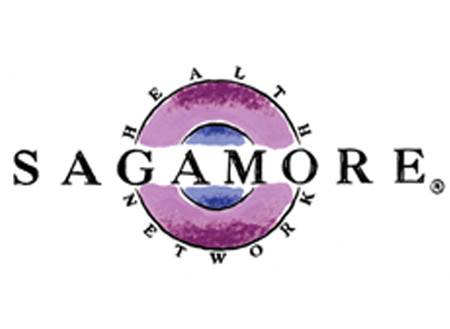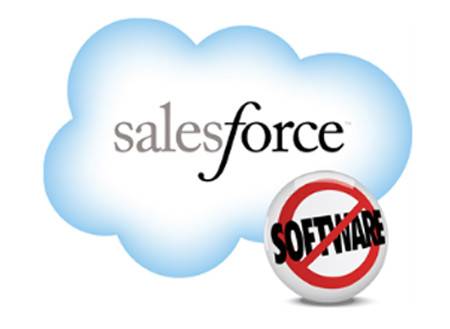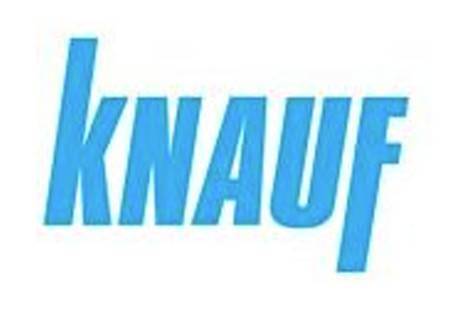
According to the Harvard Business Review, hiring talent for job openings remains the number one concern of CEOs in the most recent Conference Board Annual Survey: it is also the top concern of the entire executive position. PwC’s 2017 CEO survey reports that chief executives view the unavailability of talent and skills as the biggest threat to their business.
Survey after survey finds employers complaining about how difficult hiring is, although clearly, they are hiring much more compared to any other time in modern history.
In the era of lifetime employment, from the end of World War II through the 1970s, corporations filled roughly 90% of their vacancies through promotions and lateral assignments. Today the figure is a third or less. Openings are now filled more often by hiring from the outside than by promoting from within.
Now companies must be good at recruiting and promoting across many channels, because the candidates they want are already doing the job somewhere else. These people come with the required experience and skill sets, so do not need much training, they are usually ready to contribute right away, but they are much harder to find.
The Technology Rabbit Hole.
It is ironic that technology is making hiring for Information Technology more challenging.
Recruitment and hiring, managers trying to fill open positions are largely left to figure out what skills and experience the jobs require and what the ads should say. When applications come—always electronically—applicant-tracking software sifts through them for key words that the hiring managers want to see. Then the process moves into the Wild West, where a new industry of vendors offer an astonishing array of smart-sounding tools that claim to predict who will be a good hire. They use voice recognition, body language, clues on social media, and especially machine learning algorithms—everything but tea leaves. Entire publications are devoted to what these vendors are doing.
The big problem with all these new practices is that it has yet to be determined whether they actually produce satisfactory hires. Only about a third of U.S. companies report that they monitor whether their hiring practices lead to good employees; few of them do so carefully, and only a minority even track cost per hire and time to hire.




